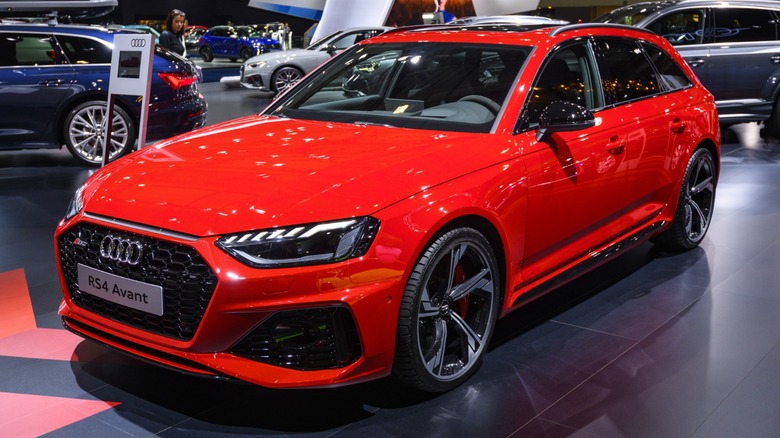
Sjoerd Van Der Wal/Getty
The Volkswagen Group acquired in 1965 the Audi line of automobiles, eventually positioning it as the luxury model arm of the company. VW gained the first production Audi since WWII, the Audi 72, and followed it up with the first Audi developed under the VW umbrella, the 1968 Audi 100. Audi entered the American market in 1970, but it would be another decade before the marque received widespread recognition in that market and accompanying success. In 1980, Audi introduced its revolutionary Quattro all-wheel-drive system, proving itself to be a company capable of delivering state-of-the-art technology and high performance.
Advertisement
A continued effort to expand its presence and raise its stature led Audi to be well-established as a luxury automaker by the 1990s, followed by global expansion and a concerted effort to become synonymous with European luxury. This has left buyers with a wide range of Audis to choose from on the used market. Prices can vary wildly depending on the age and upkeep of a particular model, although some limited-edition cars continue to appreciate.
Regardless of price, Audi’s sophistication can lead to expensive repairs. Complicated engines and transmission further exacerbate repairs with high labor times leading to high labor charges. Furthermore, select Audi models came from the factory riddled with defects, and Audi specialists often charge more than your local repair shop. Therefore, if you are considering a nice used Audi, you ought to avoid these models to avoid a serious case of buyer’s remorse.
Advertisement
Audi Allroad
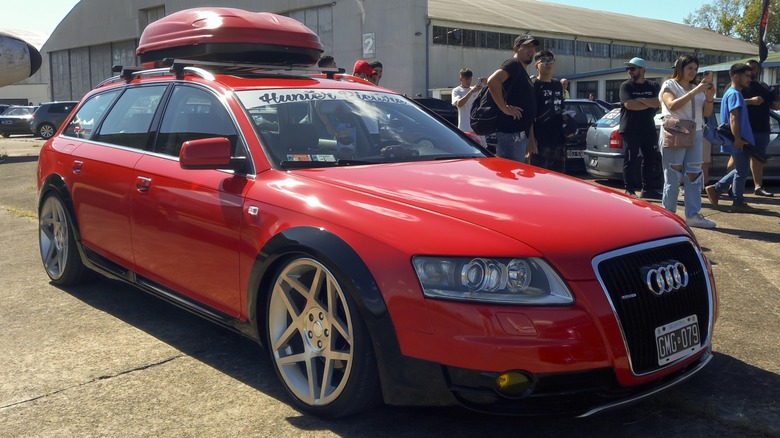
Sandro Leardini/Getty
Introduced in 1999, the Audi Allroad used the A6 as a base for a wagon with Quattro full-time all-wheel-drive that featured increased ground clearance and additional body cladding all around. It was meant to be a sort of capable and rugged adventure vehicle somewhat like a luxury version of a Subaru Outback. Given engine choices in first-gen models of a 2.7-liter twin-turbocharged V6, 4.2-liter V8, or a diesel Volkswagen Group TDI option, the Allroad came from the factory packed with plenty of punch for cross-country and outdoor adventures.
Advertisement
An early Allroad taken for a weekend jaunt upstate is likely to provide comfortable travels provided you don’t encounter any mechanical calamities. Unfortunately, based on user reporting to Car Complaints, if you have a 2003 model, your chances of such encounters rises, with the top complaints being air suspension failures, coolant leaks, and oil leaks. Edmunds user reviews feature such headlines as «this car could bankrupt you,» «Car from Hell,» and «Beautiful Headache.» While those only represent anecdotes, a 2017 article from Jalopnik provides a guide in making what it says is the world’s least reliable car into an «off-road beast.» It claims that the overly complicated air suspension system is notoriously prone to failing, costing thousands to fix.
Advertisement
A Reddit post from an Audi technician states that air suspension repairs are expensive and that coolant leaks on the biturbo V6 are common. Worst of all, when turbos inevitably fail, the engine must be removed, a costly proposition.
Audi 5000
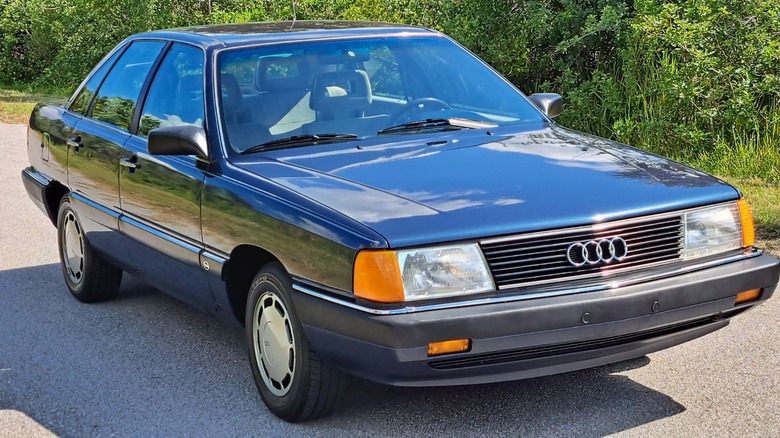
Daisy Heart/Shutterstock
In the late ’70s, Americans looking for a luxury alternative to the domestic land barges on offer at the time could opt for German models, including the Audi 5000. In this market, the only engine offered was Audi’s innovative inline 5-cylinder, either in gas or diesel form. In 1980, Audi added a turbocharger to the options list, which bumped output up to 130 horsepower, which was about the same output as domestic engines twice the size.
Advertisement
While Audi’s powerful luxury sedan began to infiltrate the American market, contributing to the establishment of Audi as a premier automaker, things took a turn for the worse. By 1984, 500 sales climbed to new heights while some owners found themselves inexplicably barreling ahead uncontrollably as they experienced sudden unintended acceleration while braking attempts proved futile. This occurrence plagued hundreds of Audi owners, prompting nightly news reports on the major national news channels.
These events led Audi 5000 models to be among the deadliest recalled cars in history. The publicity and recall forced repairs on several model years with automatic transmissions, almost killing Audi in America completely. While the vast majority of these cars left the roads many years ago, if you find one for sale, you might want to think twice — or at least check to see if the recall has been performed — before picking one up.
Advertisement
Audi Q7
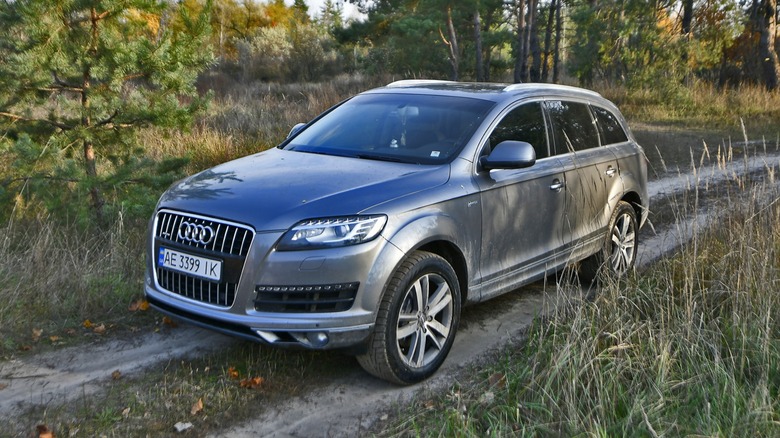
Artem Gromov/Getty
While Audi may have entered the market with an SUV much later than the domestic American manufacturers, it did so in style when the time came. Debuting in 2007, the Q7 introduced the world to an SUV done with Audi’s unique style and came packed with cutting-edge technology built upon VW Group engineering. The Quattro system provided the ultimate in traction while power derived from VW’s excellent VR6 engine, with options including a hefty 6.0-liter V12.
Advertisement
Climbing into a Q7 and starting the ignition can be the beginning of a sublime motoring experience. Surrounded by premium materials and pampered by luxury and convenience features can cause a driver to become accustomed to such an experience. However, Q7 owners who become complacent may be in for a rude awakening to just how much a Q7 can cost them if acquired on the used market. Repairpal currently rates the Q7 with just 2.5 stars out of five for reliability, citing annual maintenance costs of $1,127, about double the average cost of $652. Furthermore, frequency of unscheduled repairs ranks near the top.
Carcomplaints warns that the 2017 model year Audi Q7 is the most troublesome, and that engine problems cause the most headaches. It further lists the cost of a catastrophic engine failure, which happens at an average mileage of 89,000, at $18,000, exceeding the value of all but top trim levels, according to Kelley Blue Book. Be wary of the Q7’s allure, it may cost you.
Advertisement
Audi A4
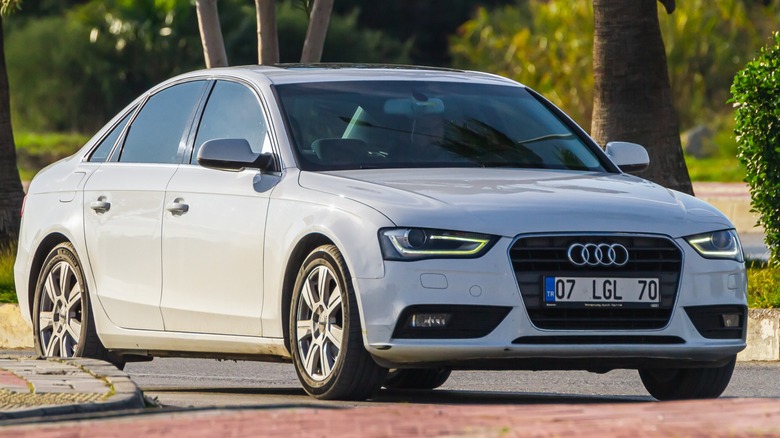
Vitalij Sova/Getty
Since 1994, the Audi A4 has represented the brand as a classy and sporty mid-size sedan offering a premium driving experience with styling that never seems to age. Even the earliest models from the ’90s continue to look fresh today, and driving one will always have you eager to hit the twisties. Furthermore, with a range of engines including four and six-cylinder engines with up to five valves-per-cylinder in gas or diesel variants, economical power has always been on tap.
Advertisement
With so many years of production of a car priced for what you might call reasonable luxury levels, Audi has made a lot of them. While American buyers have never been offered the highly desirable 444-horsepower Audi RS 4 Avant, that still leaves an awful lot of used A4 models to choose from. And with so many cars on the market, there are bound to be problems, some worse than others. For example, a class action lawsuit was filed against Audi for excessive oil consumption in more than 100,000 Audi vehicles, including 2009 to 2011 A4 models with 2.0-liter TFSI engines. Furthermore, RepairPal gives it only a 3.5 of 5 rating, placing it 14 out of 31 luxury midsize cars for reliability. Among common complaints are carbon buildup issues causing power loss, high-pressure fuel pump failure, and premature suspension wear.
Advertisement
The A4 is a lovely car that is fun to drive. Just do thorough inspections of them or maybe find something else to avoid possible financial calamity.
Audi Q7 V12 TDI
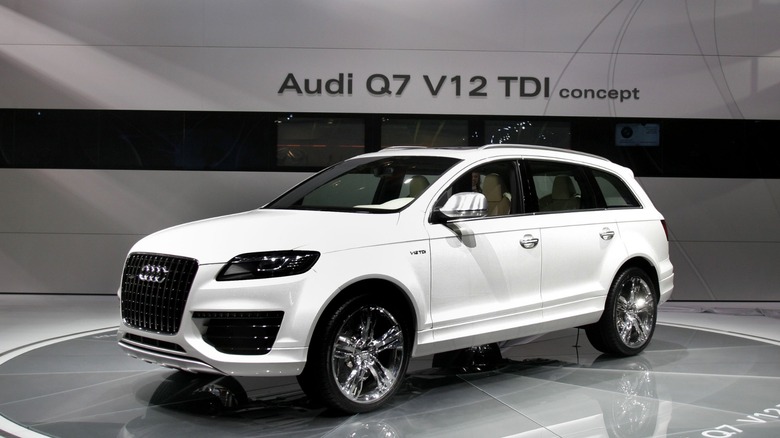
Bill Pugliano/Getty
Unavailable in North America, the 2008 to 2012 Audi Q7 V12 TDI was an exercise in extremes. Audi used what is ostensibly its largest and heaviest 7-passenger family car to stuff a ludicrously large diesel engine with a ridiculous amount of torque for reasons that may not be able to be deciphered with any semblance of logic. Although the large SUV had been developed with the American market in mind, it came with a V12 diesel engine derived from the American LeMans R10, one of the fastest diesel cars ever built.
Advertisement
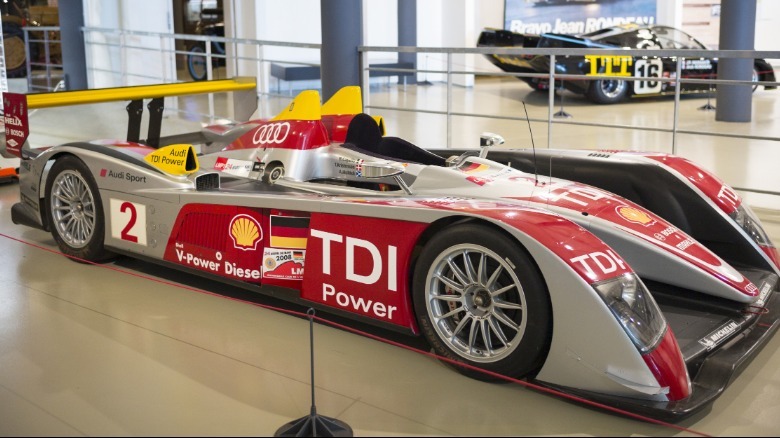
Having such an excessive amount of power in such a large and top-heavy vehicle doesn’t make much sense, especially considering its highest use is typically for picking up the kids from soccer practice. Regardless, this Q7 would pin the whole family to their seats in the 5.5 seconds it took to hit 62 mph, which sounds like a lot of fun. Yet, owning one of these beasts might fail to excite with any visit to a service center, where the complicated and relatively rare engine is sure to drain your account.
To be fair, any conversation about the V12 TDI costs is conjecture as not much info is available. Audi only planned to sell about 40 of them in Britain but ended up only moving 50 units in four years. However, a near-bespoke monster luxury diesel car of so few units built will be exorbitantly expensive.
Advertisement
Audi TT
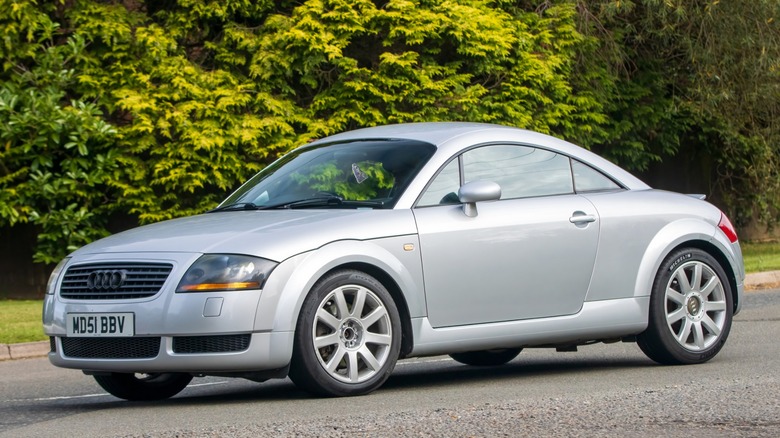
Sue Thatcher/Getty
Named for the renowned Isle of Man Tourist Trophy (TT) motorcycle racing, the Audi TT arrived in 1998 as a fresh and sporty offering from the automaker filling an oft-overlooked niche of premium small roadsters. Although it took a left turn from the company’s prevailing model development, the combination of a premium interior, efficient but ample power, and go-kart-like handling made it a success, leading to 25 years of production. Ending in 2023.
Advertisement
Early cars offered only turbocharged 4-cylinder engines with up to 222 horsepower, and successive models received increased performance until the end. At the end, the Audi TT RS delivered 340 horsepower as one of the finest performance 5-cylinder cars ever. Additionally, Audi offered a couple of V6 and diesel engines, all mated up to either manual or S Tronic dual-clutch transmissions pushing either the front wheels or all four thanks to the Quattro all-wheel-drive. Through it all, the TT remained sporty and luxurious, although some of them could be problematic.
Most damning about the Audi TT is the existence of 14 recalls, some very serious. You certainly don’t want to find your 2000 to 2006 TT with microfractures in the water pump pulley, which can cause timing belt failure, nor do you want metal fragments causing injury from the airbag of your 2016 to 2017 model. Other serious issues include a fuel tank heat shield causing fire or lower control stabilizers causing a loss of control. Be sure to double check any TT for recalls.
Advertisement
Audi A2
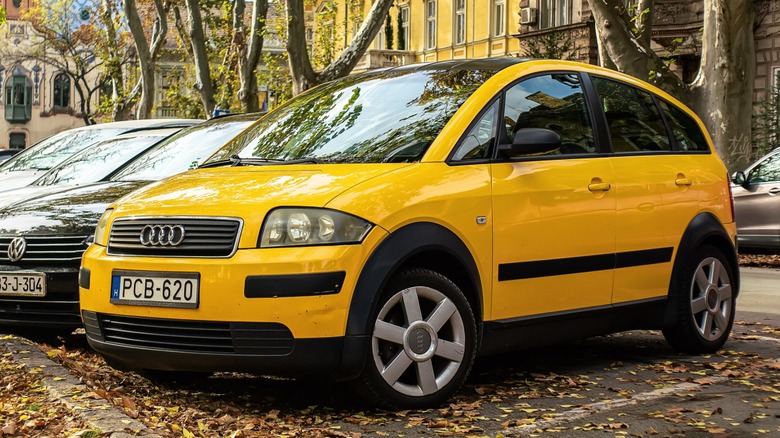
Kukurund/Getty
As a German company, Audi makes cars to cater to its domestic customer base and those models do not always find homes outside of Europe. There are many reasons a car that sells well in Germany will fare poorly in the American market, and that is why you won’t find any supermini, or sub-compact, luxury cars in Chicago or Scottsdale. But when Audi created and released its A2 supermini, its image was one everyone wanted to forget.
Advertisement
The idea of the A2 was to provide a car made consistent with Audi luxury standards with the size and efficiency that Europeans could use in their compact and often ancient cities. With four doors and seating for four, the A2 came with a few engine options, including a tiny 1.2-liter 3-cylinder TDI diesel capable of 60 mpg. It was built with an obsession for economy, using lightweight materials and economic technology such as low rolling-resistance tires as well as omitting power steering and air conditioning.
Further aiding efficiency was a design meant to lower drag, but that may have also been where Audi went wrong and why you probably want to avoid the A2. It is ugly. People buy an Audi because they want luxury cars with sporty driving characteristics, and the A2 lacks all of this. It has an awkward shape, it is slow, and poorly suited for spirited driving. For those who need a small used car, better options exist.
Advertisement
Audi Q5
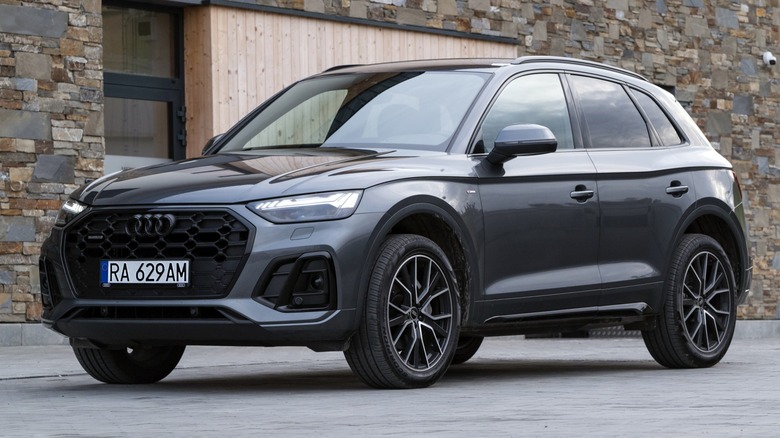
Tramino/Getty
After establishing itself in the SUV segment with its 7-passenger Q7, Audi followed up with a small 5-passenger Q5 in the crossover segment of the market. Introduced in 2009, it debuted looking like a younger brother of the Q7, sporting the same design language while offering the same level of luxury inside along with all the advanced options and accessories Audi had to offer.
Advertisement
Like most crossovers, the Q5 appeals to buyers who want something similar to the average sedan but with additional cargo capacity. The crossover takes the place of the station wagon of a previous generation. Base power originally came only from a 3.2-liter V6, but a turbo 2.0-liter 4-cylinder was added later. Now in its second generation, Audi will be introducing a new Q5 for the 2026 model year, likely expanding on the hybrid or electric powertrains available now.
Buy a new Q5 to take advantage of the warranty as some used ones can be troublesome. 2017 models suffered from a transmission recall as cars placed in the park position were found to have rolled away if no parking brake was engaged. Audi issued a technical service bulletin in 2022 advising transmission replacement for some models with as little as 12,000 miles. RepairPal also notes that Q5 owners experience unscheduled trips to the shop at double the frequency of the average car. For older models, from 2009 to 2013, a faulty timing chain can cause a $7,000 bill, but only if the engine isn’t ruined.
Advertisement